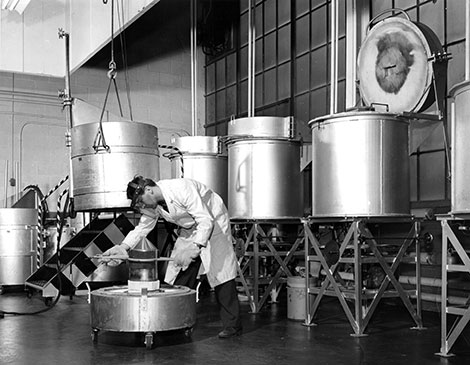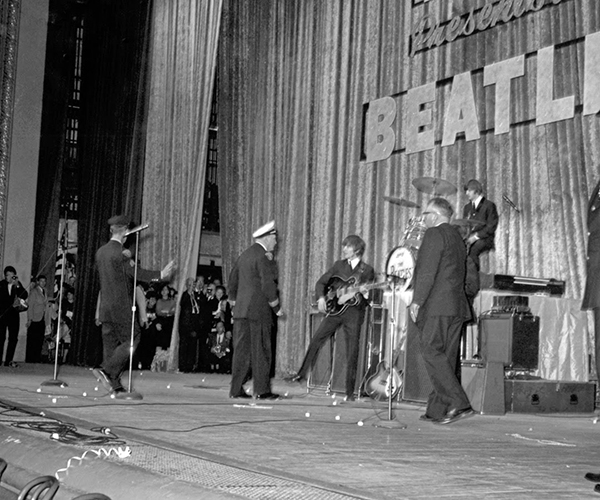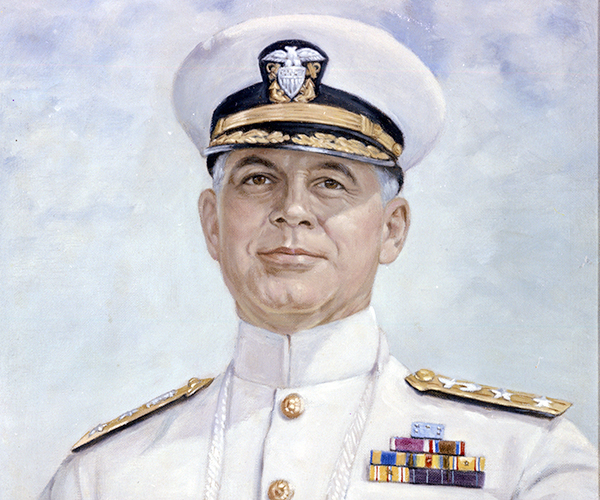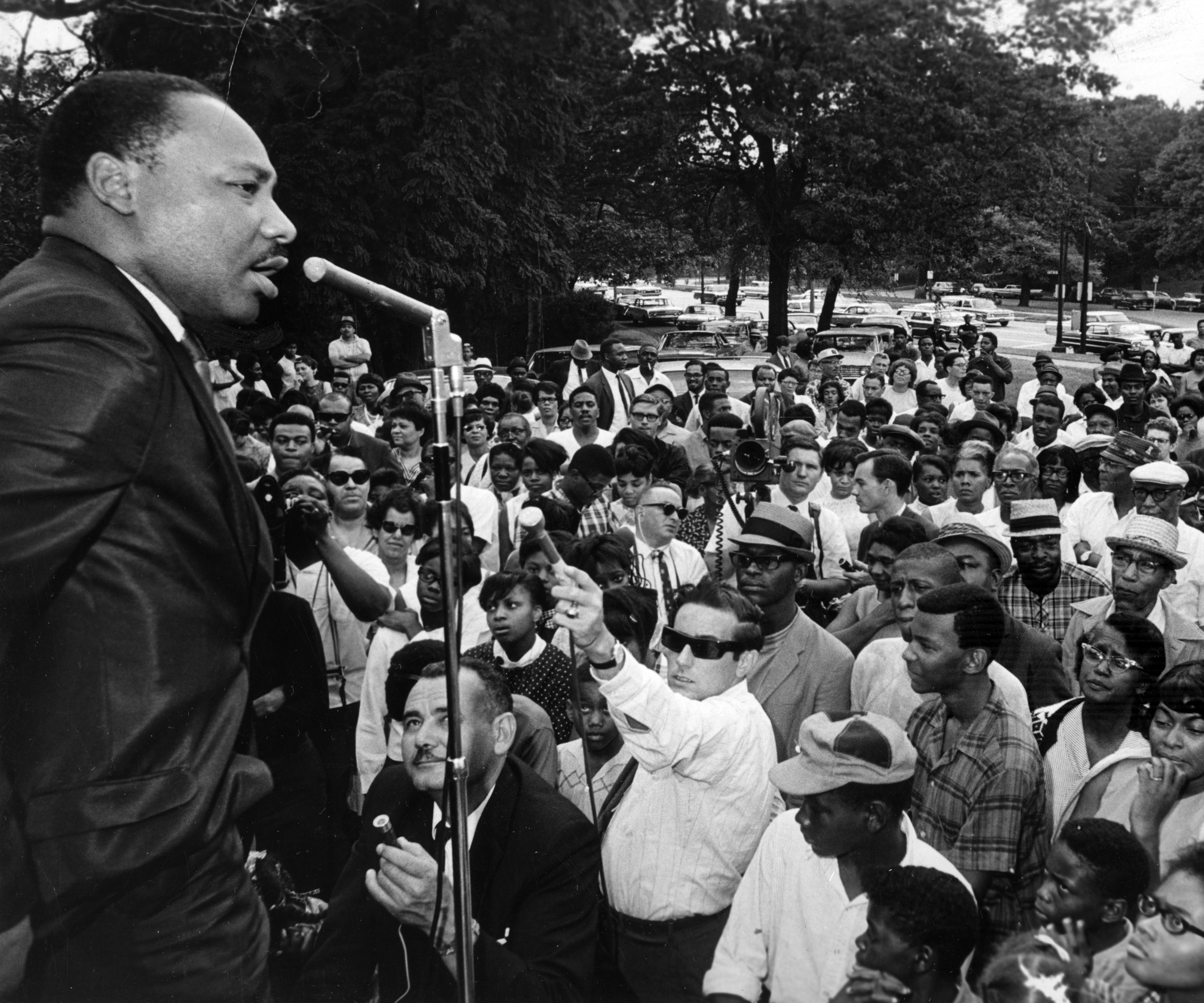We don’t know the man in heavy gloves, lab coat and protective goggles. He works carefully with a sodium iodide and thallium ingot, just removed from the furnaces behind him. The large steel contraptions grew the crystals for optical instruments and scintillation detectors, which were used to detect ionizing radiation.
They’re commonplace in radiation safety and were used by Cleveland-based Harshaw Chemical Co. as it produced and refined uranium for the Manhattan Project, which developed the atomic bomb during World War II.
Harshaw earned a four-star Army-Navy E Award, an award given to companies for their wartime supply efforts, for excellence in production of 44,000 pounds of radioactive uranium-fluoride particles between 1942 and 1953. Carl F. Swinehart, an employee of Harshaw, held the U.S. patent for an improved process that allowed Harshaw to become the largest producer of “green salt,” or uranium, for the Manhattan Project. It stopped refining uranium in 1953, but continued working with hazardous chemicals and was one of the largest producers of pollution in Cleveland at the time.
The ground where this employee once stood, part of a 55-acre campus on Harvard Avenue, just a few miles from downtown, is now in disuse, monitored by the U.S. Army Corps of Engineers for radiation. A 2007 letter from the Advisory Board on Radiation and Worker Health noted that there was not enough data or safety protocols in place to determine how much radiation damage employees could have suffered.




